Atp Is Expended in Which of the Following Cellular Processes
The body manages the hydrogen ions easily during rest or light activity by moving them to the mitochondria of the cells where the energy is harnessed to resynthesize ATP with. B C and D will all still be produced.
Group translocation active transport facilitated diffusion diffusion both active transport and group translocation Question 12 Some bacteria have an outer layer called a ________ which allows them to adhere to surfaces and contributes to their ability to cause disease.

. Muscles constantly generate protons during basic cellular metabolism whether you are at rest or in an activity. The human central and peripheral nervous system in particular relies on ATP signaling. In the enzyme-catalyzed reaction where A Enzyme 1.
ATP is also added to nucleic acids during transcription. A facilitated diffusion B diffusion C group translocation D active transport E both active transport and group translocation. - ATP required - substance being transported is chemically altered - glucose enters the transport protein and is phosporylated becoming glucose-6-phosphate cant leave the cell.
B Phagocytosis is a type of endocytosis in which liquids are brought into the cell. ATP is expended in which of the following processes. Because of the presence of unstable high-energy.
ATP is the energy currency of a cell produced by the destruction of ADP expended in the process of photosynthesis produced during the phosphorylation of any organic compound Anything that prevents ATP formation will most likely Result in cell death. Question 11 ATP is expended in which of the following processes. E both active transport and group translocation.
Force the cell to rely on lipids for energy. Two ATP molecules are expended in the energy investment phase of glycolysis. E both active transport and group translocation.
B and C will still be produced. The building blocks of ATP are carbon nitrogen hydrogen oxygen and phosphorus. During which cellular process is ATP NOT released.
Cellular respiration is the process in which cells break down glucose release the stored energy and use it to make ATP. It is believed to be the neurotransmitter responsible for the sensation of taste. The breakdown of ATP to release the stored energy is known as ATP hydrolysis.
1 transport of substances through multiple membranes in the cell 2 synthesis of chemical compounds throughout the cell and 3 mechanical work. Why is this energy necessary to begin the process of glucose catabolism. In addition to metabolic functions ATP is involved in signal transduction.
D Waste products and secretions are exported from the cell during endocytosis. ATP is expended in which of the following processes. C Endocytosis produces a structure called a food vesicle.
A These processes occur in both prokaryotes and eukaryotes. ATP is the energy currency of a cell produced by the destruction of ADP expended in the process of photosynthesis produced during the phosphorylation of any organic compound Anything that prevents ATP formation will most likely result in cell death. By Anthony P.
15 ATP is expended in which of the following processes. Glycolysis the Krebs cycle and electron transport. ATP hydrolysis releases energy that the cell can use to drive exergonic reactions.
Energy is released during cell metabolism when ATP is hydrolyzed. A Glucose is a stable molecule. ADP is in turn used to synthesize ATP.
ATP is required to drive all metabolic reactions in the cell. Glycolysis the Krebs Cycle the electron transport chain During glycolysis ATP is first used to invest energy in glucose as to allow for its subsequent breakdown into pyruvateThe thesis presented in most textbooks of biology cell biology and to a lesser extent biochemistry regarding the metabolic role. ATP cannot be regenerated once its free energy has been released so the cell processes it as waste.
Energy from ATP is used to promote three major categories of cellular functions. D what will be the effect of inactivating Enzyme 2. ATP is the main source of energy for most cellular processes.
Thus some energy must be invested to make the molecule unstable and begin the. This happens when electrons are passed along the chain from protein complex to protein complex until they are donated to oxygen forming water. ATP is expended in which of the following processes.
Biology questions and answers. Cellular respiration occurs in three stages. ATP chemically decomposes to adenosine diphosphate ADP by reacting with water.
The process begins in the cytoplasm and is completed in a mitochondrion. ATP is expended in which of the following processes.
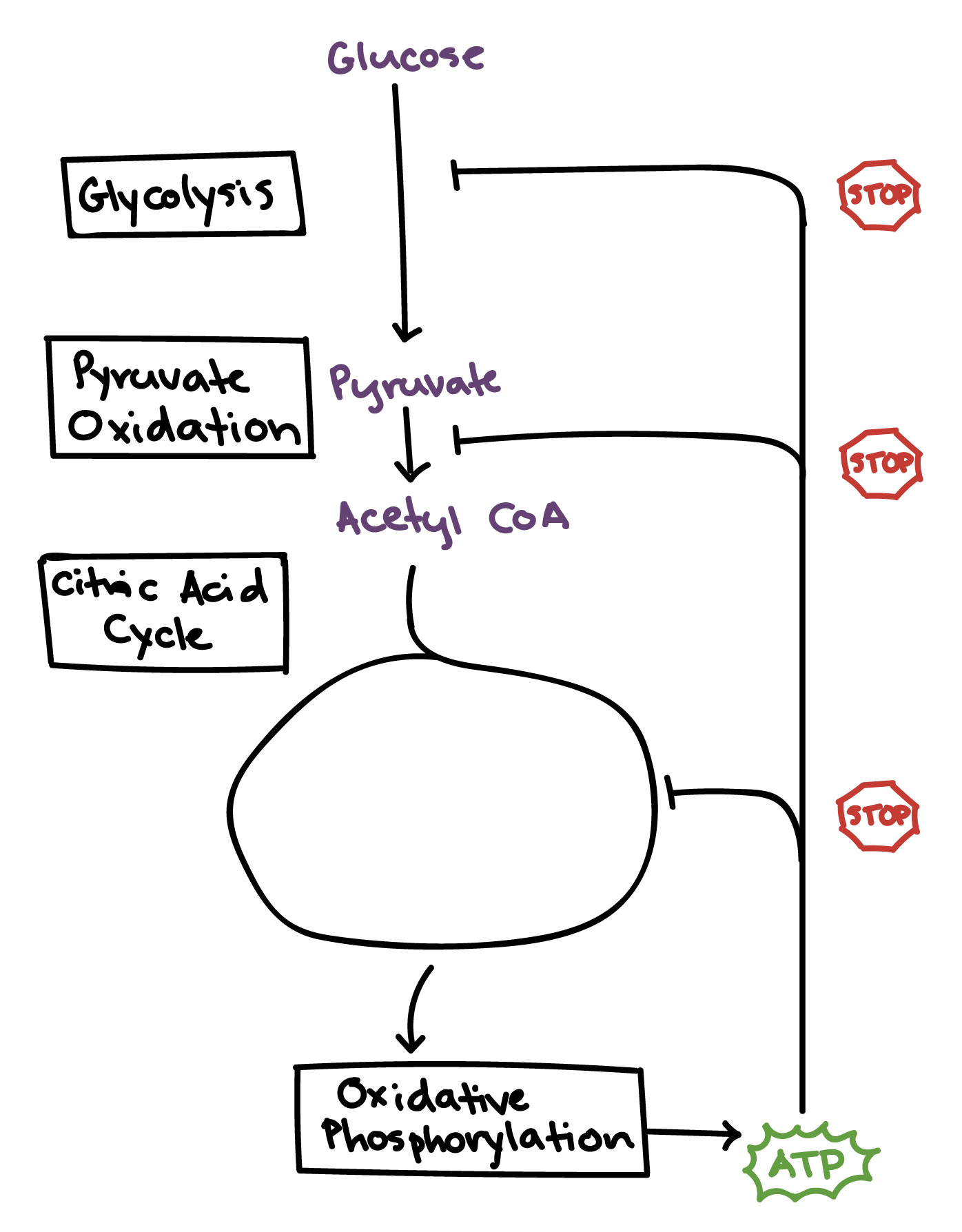
Regulation Of Cellular Respiration Article Khan Academy
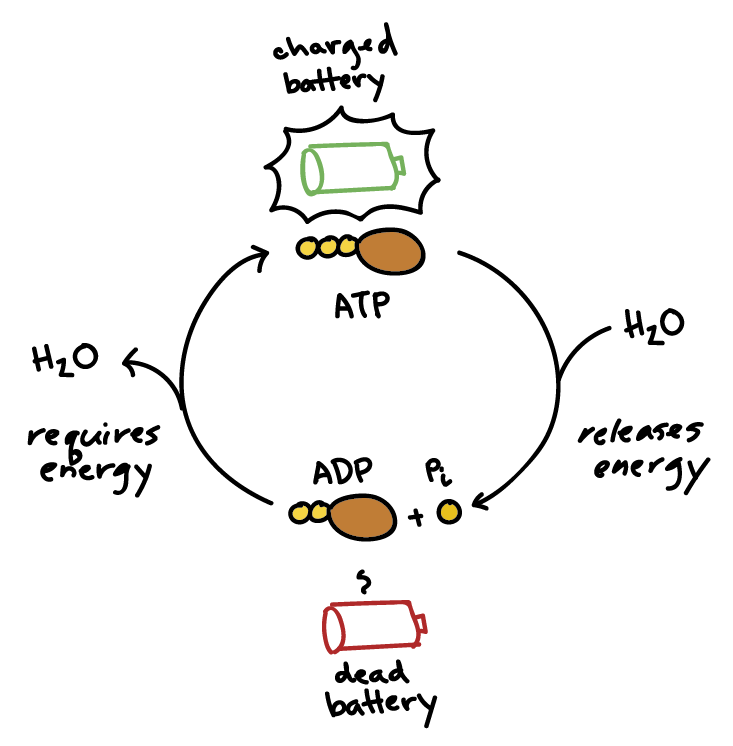
Atp Cycle And Reaction Coupling Energy Article Khan Academy

Cellular Respiration Cellular Respiration Biochemistry Photosynthesis And Cellular Respiration
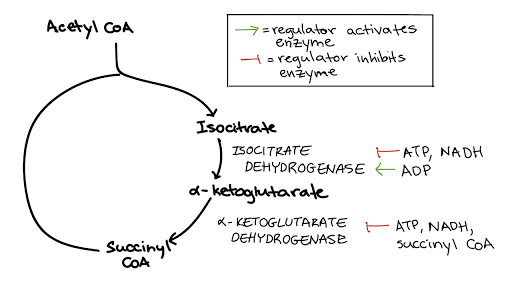
Regulation Of Cellular Respiration Article Khan Academy
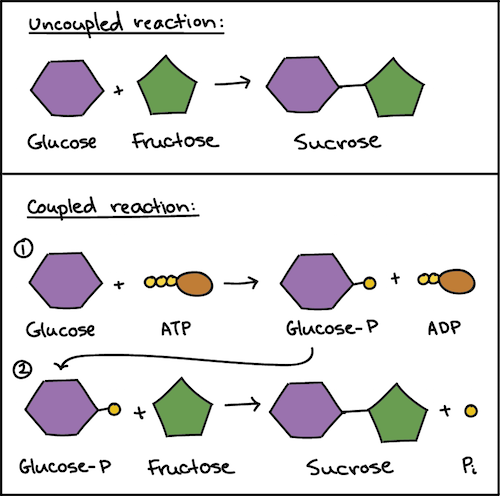
Atp Cycle And Reaction Coupling Energy Article Khan Academy

Atp Adenosine Triphosphate Biology 2e

Where Does The Enteric Nervous System Fit In The Ans Google Search Enteric Nervous System Neurological Disorders Peripheral Nervous System
What Happens To Most Of The Energy Released During Cell Respiration Quora
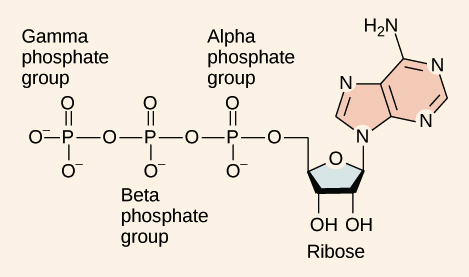
Atp Cycle And Reaction Coupling Energy Article Khan Academy
2 29 Electron Transport Biology Libretexts

Atp In Living Systems Biology For Non Majors I
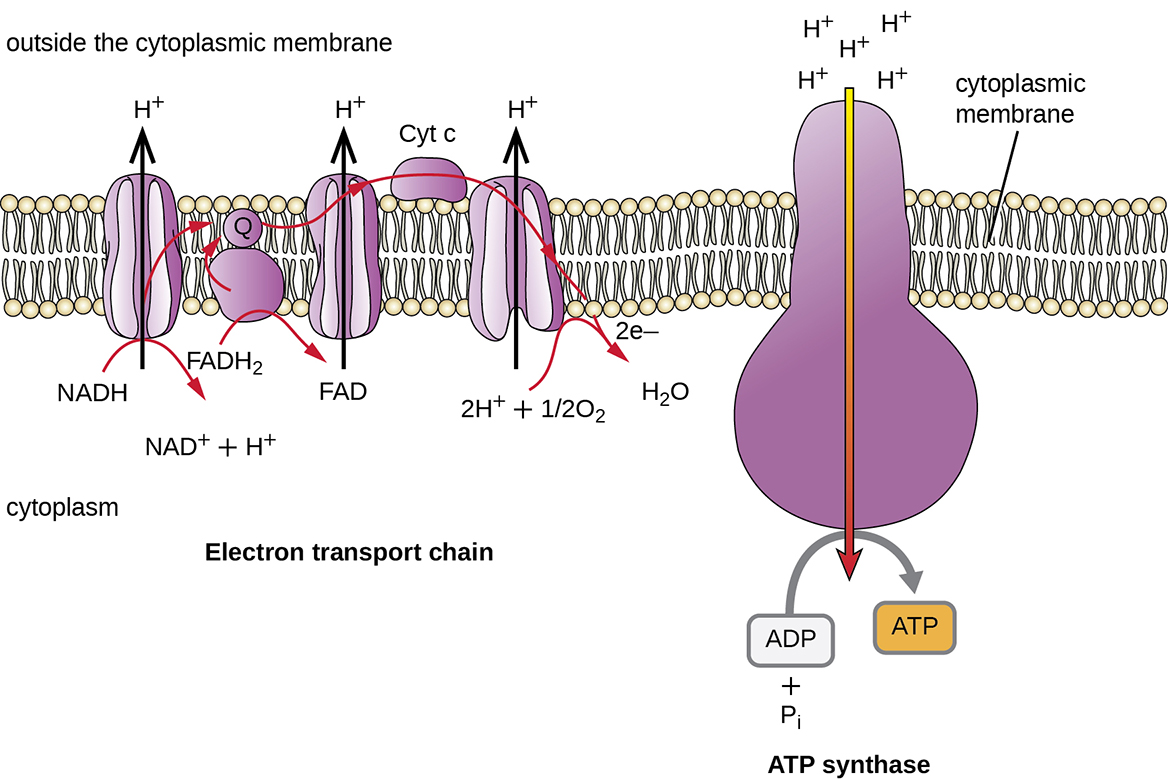
8 3 Cellular Respiration Microbiology Canadian Edition

Cellular Respiration Microbiology

Cellular Respiration Cellular Respiration Biochemistry Photosynthesis And Cellular Respiration

Concept Map Template Illustrating The Metabolic Path Of Cellular Respiration Click On The Template Onlin Concept Map Concept Map Template Cellular Respiration





Comments
Post a Comment